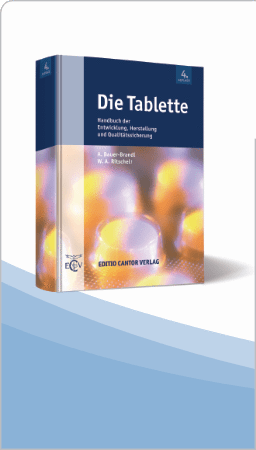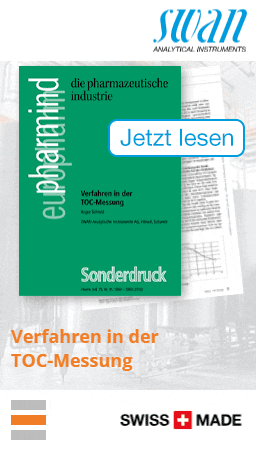Die neuen europäischen Anforderungen an die mikrobiologische Qualität pflanzlicher Arzneimittel zur oralen Anwendung Robert Schmücker, Elke Lenzer PhytoLab GmbH & Co. KG, Vestenbergsgreuth (Germany) Correspondence: Dr. Robert Schmücker, Dutendorfer Str. 5 – 7, 91487 Vestenbergsgreuth (Germany); e-mail: robert.schmuecker@phytolab.de New European Microbiological Quality Requirements for Herbal Medicinal Products for Oral Use Ph. Eur. 6.7 dedicates separate sections to microbiological quality requirements (5.1.8) and the microbiological examination (2.6.31) of herbal medicinal products for oral use for the first time. This has given rise to the following changes and suggestions for improvement:
• The general use of Sabouraud-dextrose agar containing antibiotics is explicitly permitted for the yeasts and moulds count.
• There are no descriptions of suitability tests for the PN methods used for semi-quantitative determination of E. coli or bile-tolerant gram-negative bacteria. These methods are so imprecise that it should be sufficient to provide evidence showing that the tested product does not inhibit the growth of the test bacteria.
• Buffered peptone medium is specified for production of the initial dilution for qualitative testing for salmonella for the first time. The examination of the medium’s nutritive properties with salmonella as the test bacteria in analogy to 2.6.13, 3 – 3, liquid media, appears appropriate, as does the examination of the method’s suitability in the presence of the product in analogy to 2.6.13, 3 – 4.
• The microbiological requirements have been redefined in a similar way to the previous categories and are now based on the effectiveness of any microbial reducing processes, which may have been implemented.
• Testing for the absence of salmonella in a 25 g samples is mandatory for all herbal medicinal products intended for oral use with Ph. Eur. 6.7.
• Testing for the absence of Staph. aureus is no longer required.
• The acceptance criteria for E. coli and bile-tolerant gram-negative bacteria – parameters determined by means of PN methods – have been increased by a power of ten for two categories.
• Factor 5 is again being taken into consideration in the interpretation of TAMC and TYMC acceptance criteria. Key words Escherichia coli • Gegen Gallensalze resistente gram-negative Bakterien • Methodenvalidierung • Mikrobiologische Qualität • Nährmedienprüfung • Orale Phytopharmaka • PN-Methoden | 





